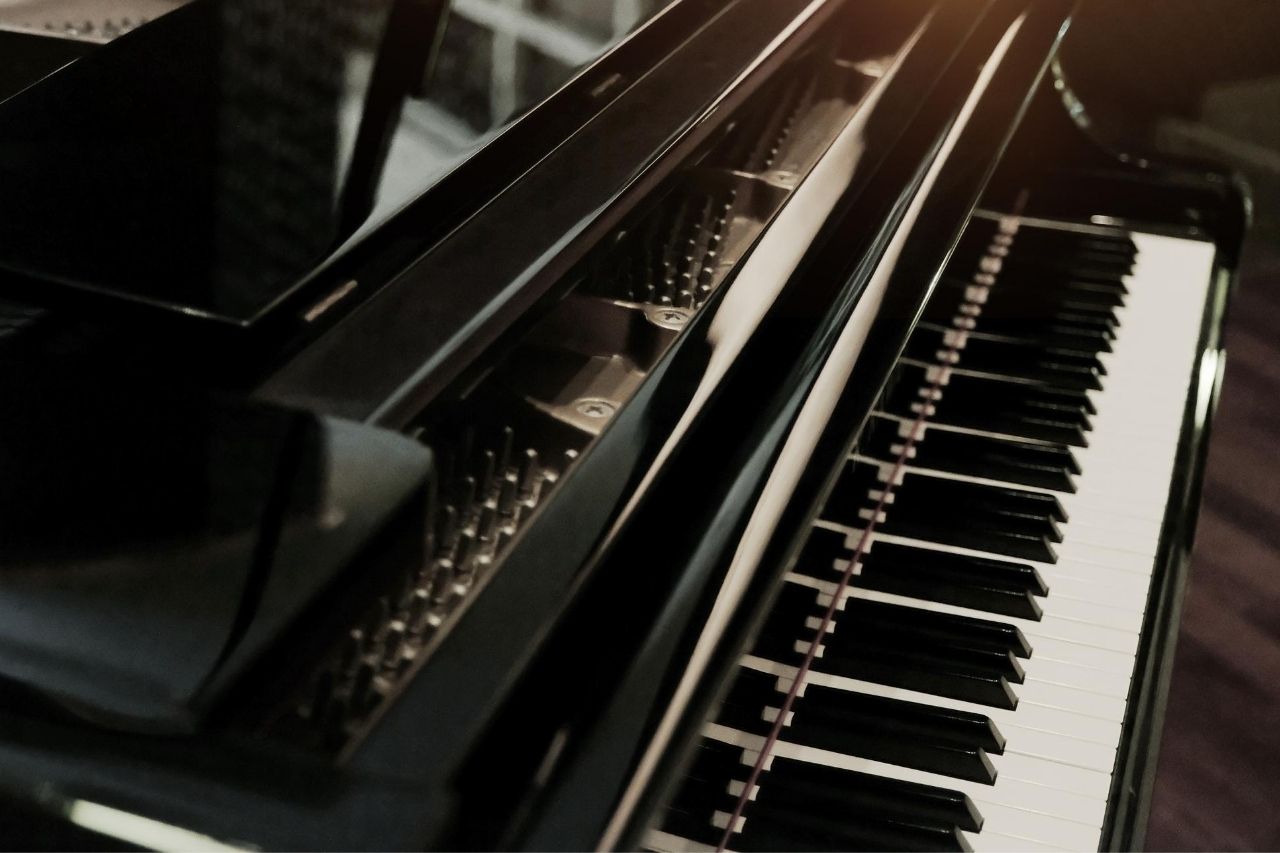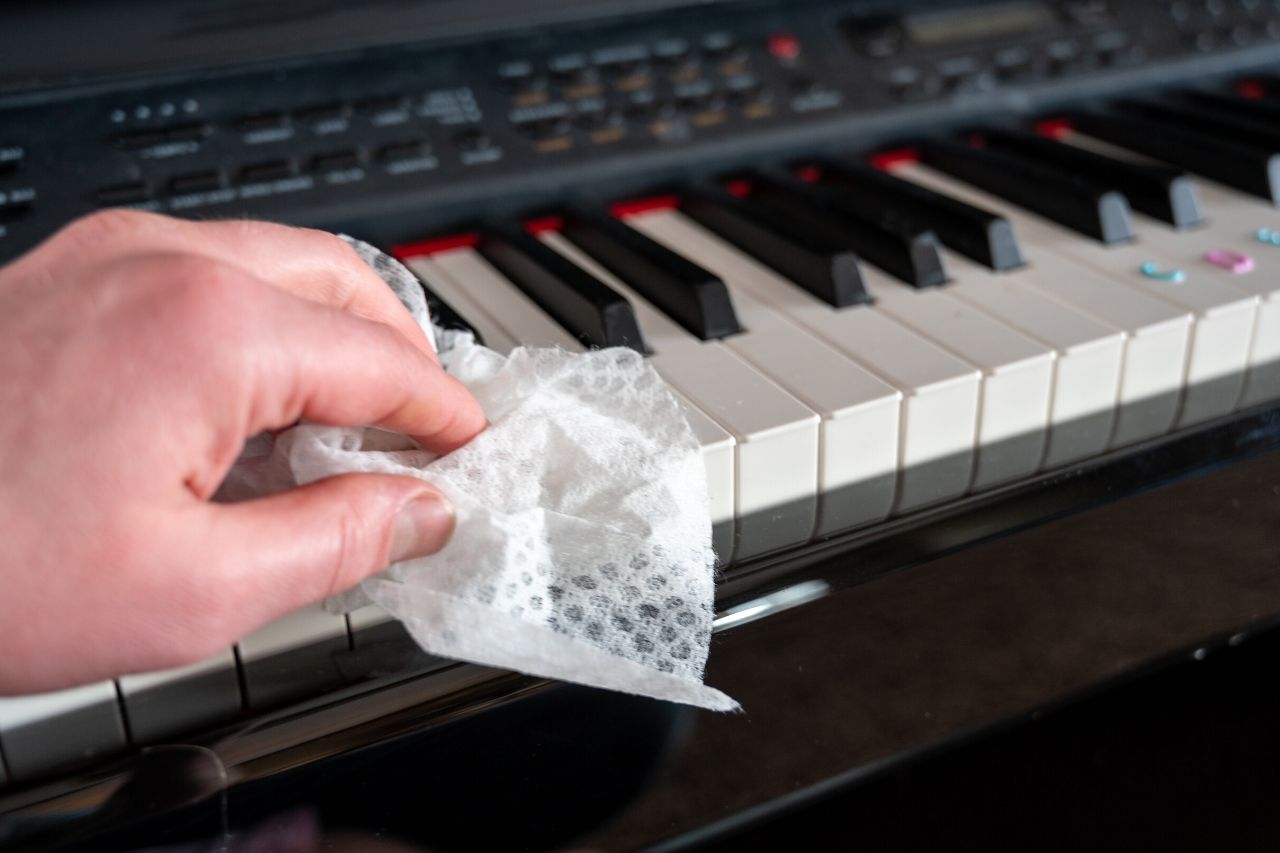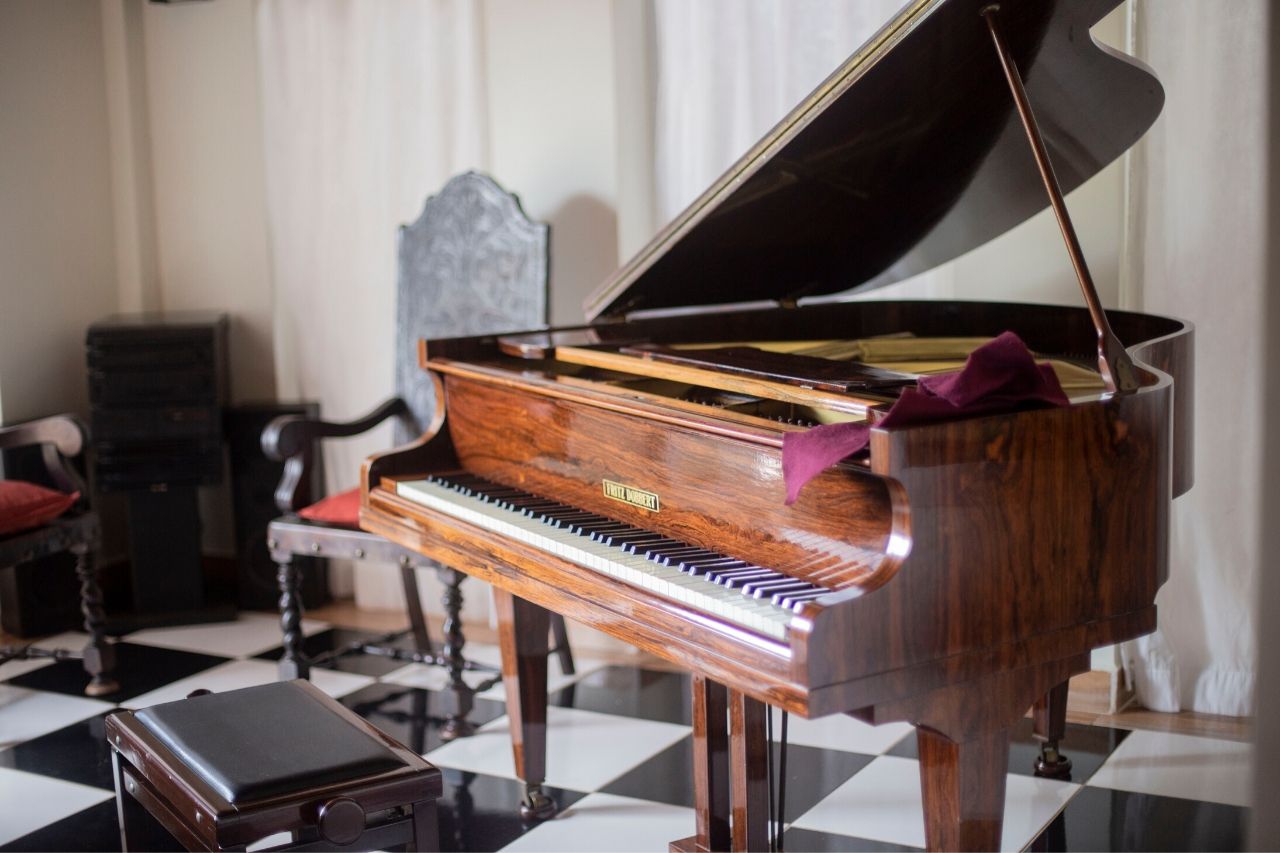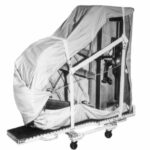If you want to purchase or already own an acoustic piano, you should know how it works. Otherwise, it becomes a bit more difficult to perform specific maintenance tasks or diagnose a potential problem. As one of your piano’s dominant parts, the tuning pins are crucial to ensuring this instrument produces the proper sound and performs in a high-quality manner. Read on for Piano Tuning Pins: What Are They, and learn how they affect the piano’s overall playability.
Identifying a Piano’s Tuning Pins
You must be able to recognize which specific parts are the actual tuning pins. Also referred to as wrest pins, these small, cylindrical items are made from steel and have a hole at their top where a string is secured. The very head of the pin is often rounded or squared off so that the tuning technician can properly turn them. Tuning pins rest within the piano’s tuning block—which is a long piece of wood that extends the full length of the keyboard.
The Function of Tuning Pins
The next step to understanding what piano tuning pins are is to learn how they work. Acoustic pianos generate their sounds by striking tightly wound strings with a series of hammers. Each hammer corresponds to a specific key, and each string is being held in place by a tuning pin. These pins tighten strings until they produce the note, and they maintain that tension so that you can replicate the same sound.
When To Replace Tuning Pins
Tuning pins can last a long time—depending on how well you care for your piano. However, they do loosen in the tuning block as the wood contracts and expands with temperature and humidity changes. When the pins loosen, so do the strings attached to them. This leads to them needing repair or replacement.
To learn more about tuning pins or other crucial piano components, reach out to Chicago Piano Tuners. Our piano tuning experts in Chicago know everything about the inner workings of an acoustic piano and would love the opportunity to help you. Feel free to give us a call for any of your piano maintenance needs.














